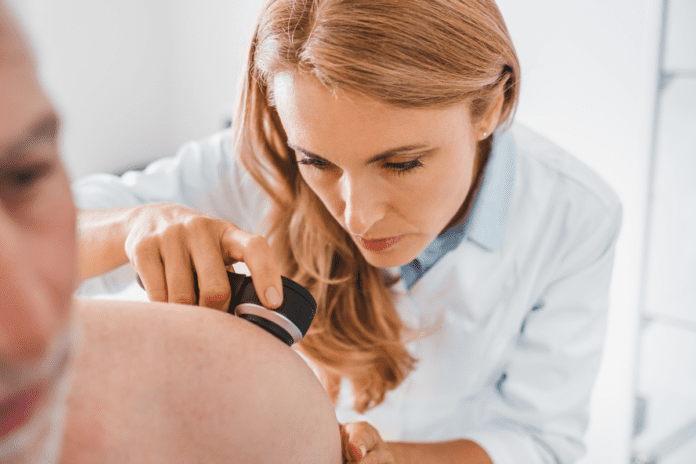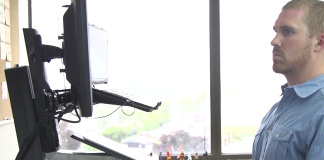Reaching the big 50 means it’s time to get serious about skin checks and screenings. Skin cancer risk increases significantly with age thanks to years of sun exposure. But catching it early is key for successful treatment. So when should you start routinely visiting a skin cancer clinic like SunDoctors Australia?
In this post, we’ll walk through smart screening guidelines for patients over 50 to promote skin health and early cancer detection. Read on to learn when exams with a dermatologist are crucial and what to expect. Don’t leave your skin health to chance.
Annual Full-Body Skin Checks at 50
Once you hit 50, experts recommend a full-body skin exam by a dermatologist every year. This checks all areas for potential skin cancers and precancerous lesions.
During the visit, they inspect your skin from head to toe and use a dermatoscope to examine spots closely. This specialized magnifying tool helps detect abnormalities like irregular moles.
Annual checks detect developing cancers early when they are most treatable. Think of it like a routine yearly maintenance checkup for your skin.
Warning Signs to Get Checked Sooner
You don’t have to wait until your next yearly screening if you notice any of these red flags:
- New spots or moles that are growing/changing
- Sores that don’t heal
- Itchy, bleeding, or crusty patches
- Painful lumps under the skin
- Changes in old moles or lesions
Schedule an appointment promptly if you observe any unusual or concerning skin changes. Don’t take chances with your skin health.
What to Expect During the Full-Body Exam
At your skin check appointment, the dermatologist will:
- Ask about your medical history and past skin issues
- Examine all areas of your skin from scalp to toes
- Use a dermatoscope to evaluate moles and lesions
- Mark concerning areas for biopsy if needed
- Discuss treatment plan for precancers/cancers
- Provide instructions for ongoing monitoring
Speak up about any spots or changes you’re worried about. They’ll ensure a thorough evaluation.
Possible Follow-Up Tests and Biopsies
If the dermatologist identifies any suspicious areas during your screening, they may recommend follow-up tests like:
- Biopsy – removing all or part of the spot for lab testing
- Imaging tests – additional scans to check for cancer spread
- Blood tests – to assess overall health and cancer markers
Biopsies are the main way to definitively diagnose skin cancers. Don’t fear the “B” word – biopsies save lives.
Skin Cancer Treatment if Detected
If screening detects skin cancer, today’s treatment options are better than ever including:
- Mohs surgery – precise tissue removal under microscopy
- Topical creams – for precancers and early lesions
- Photodynamic therapy – destroys lesions with light
- Radiation therapy – shrinks/destroys cancer cells
- Advanced protocols – immunotherapy and targeted drugs
Catching skin cancer early keeps treatment targeted and effective.
Protecting Your Skin Year-Round
To complement exams, be sure to:
- Use daily broad spectrum sunscreen
- Wear protective clothing and hats
- Avoid prolonged sun exposure during peak hours
- Examine skin monthly for changes
Conclusion
After 50, you can take charge of your skin’s health by performing a skin check every year. Early detection can save lives. You can protect your skin for many years by being proactive with your screenings. You should schedule your first appointment when you reach 50 years old. This is a milestone that deserves to be celebrated by investing in your own health. Bring along a list with your questions and concerns to make the most of your appointment. Follow all your dermatologist’s recommendations to ensure ongoing protection and monitoring between examinations. You can enjoy many healthy and vibrant years to come by making regular skin checks part of your health routine after 50. Your skin will be grateful.










